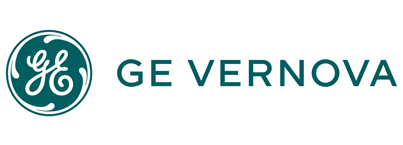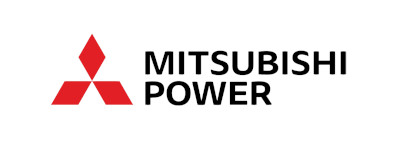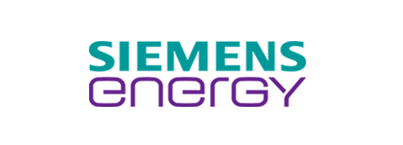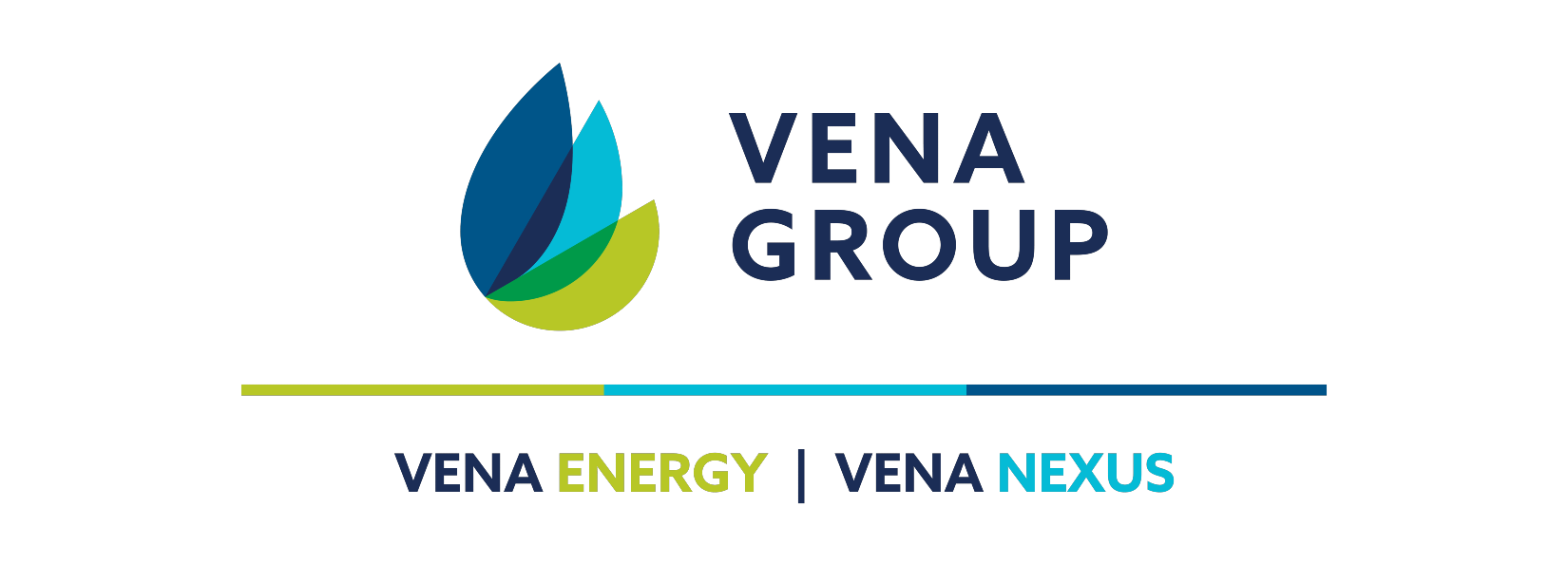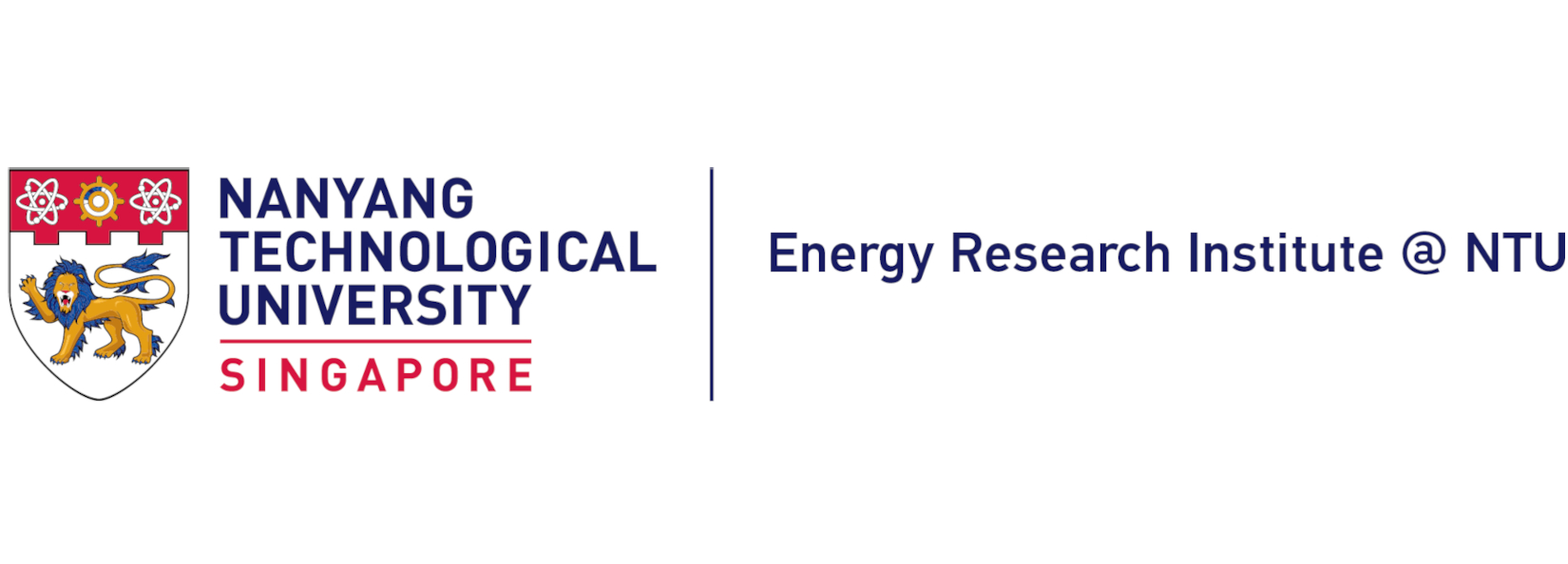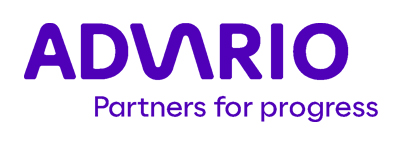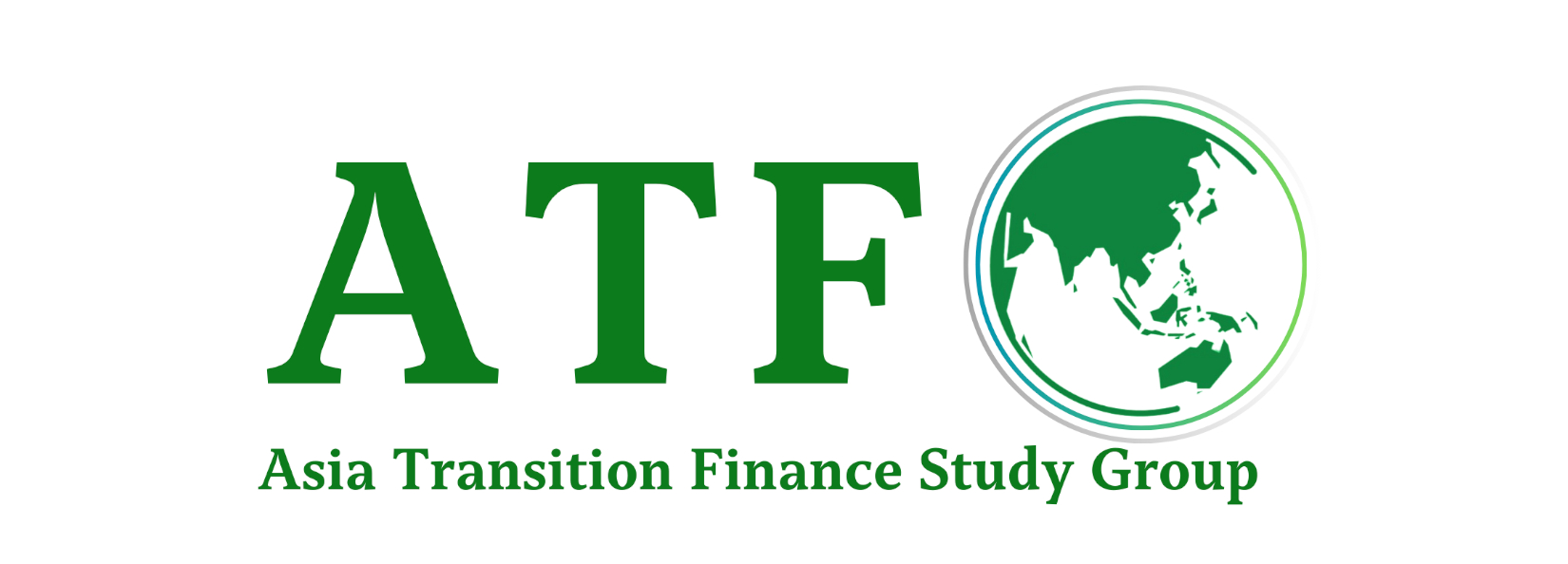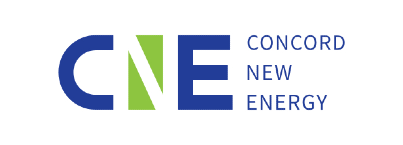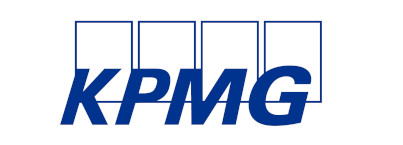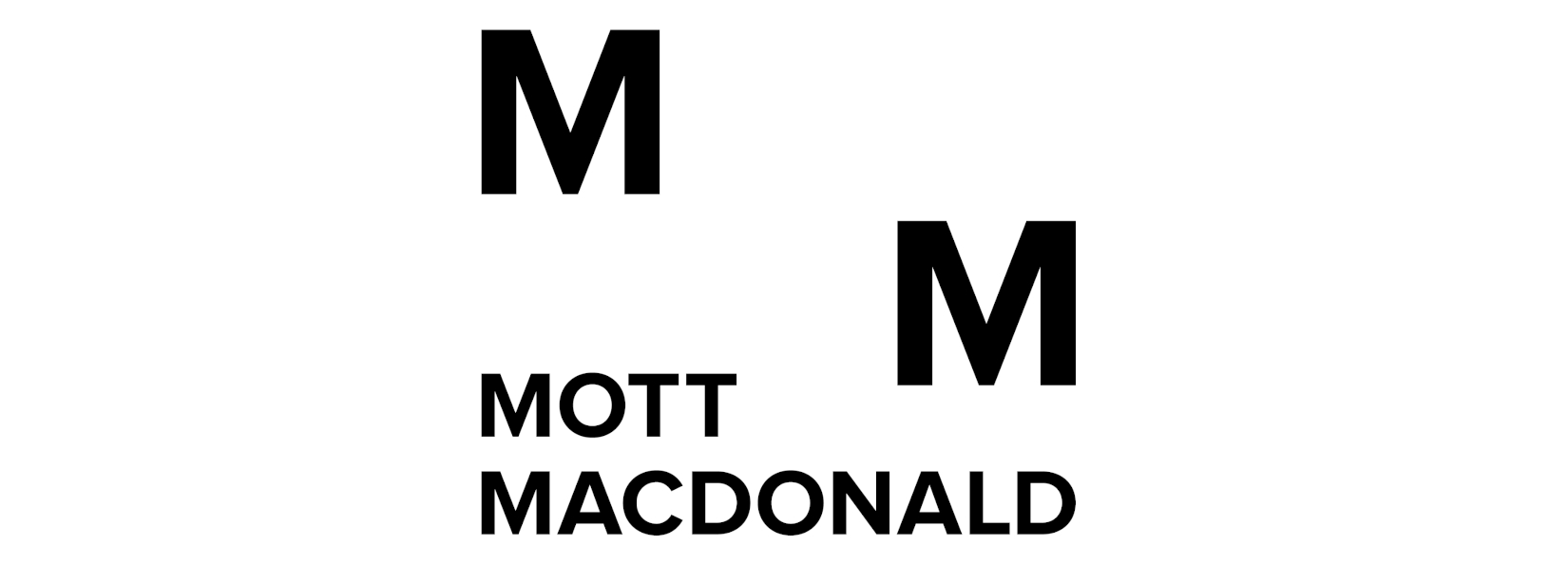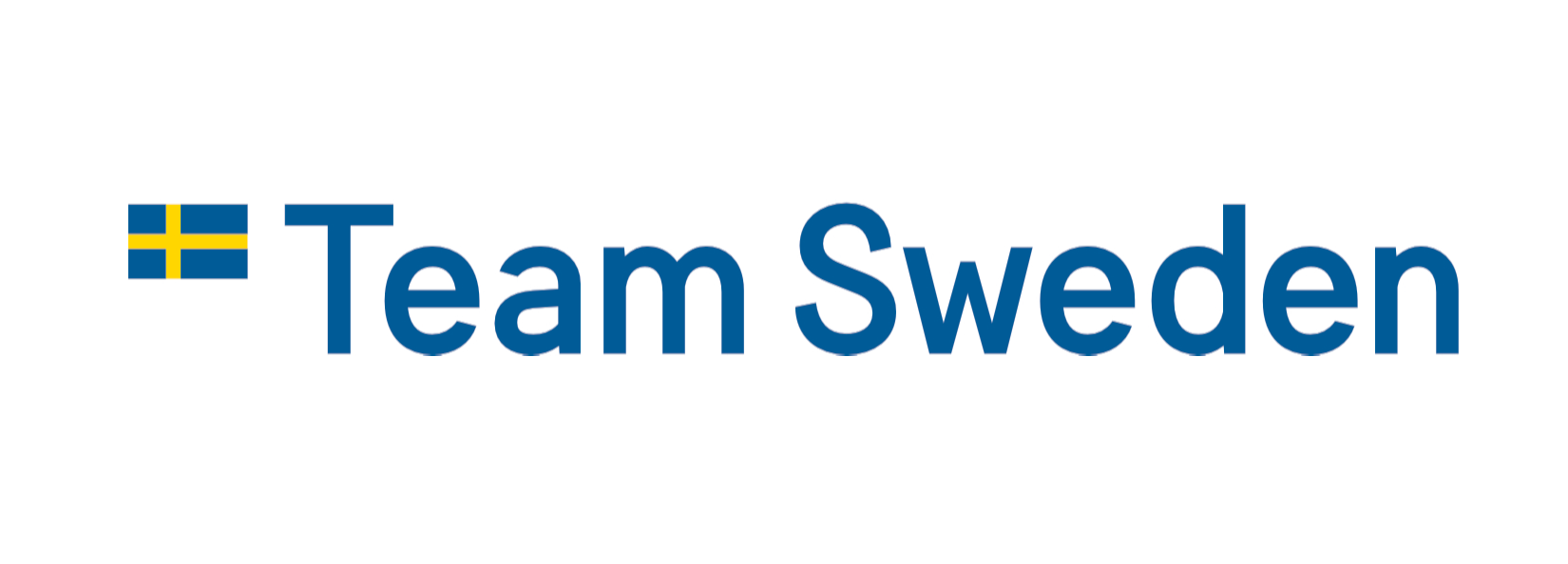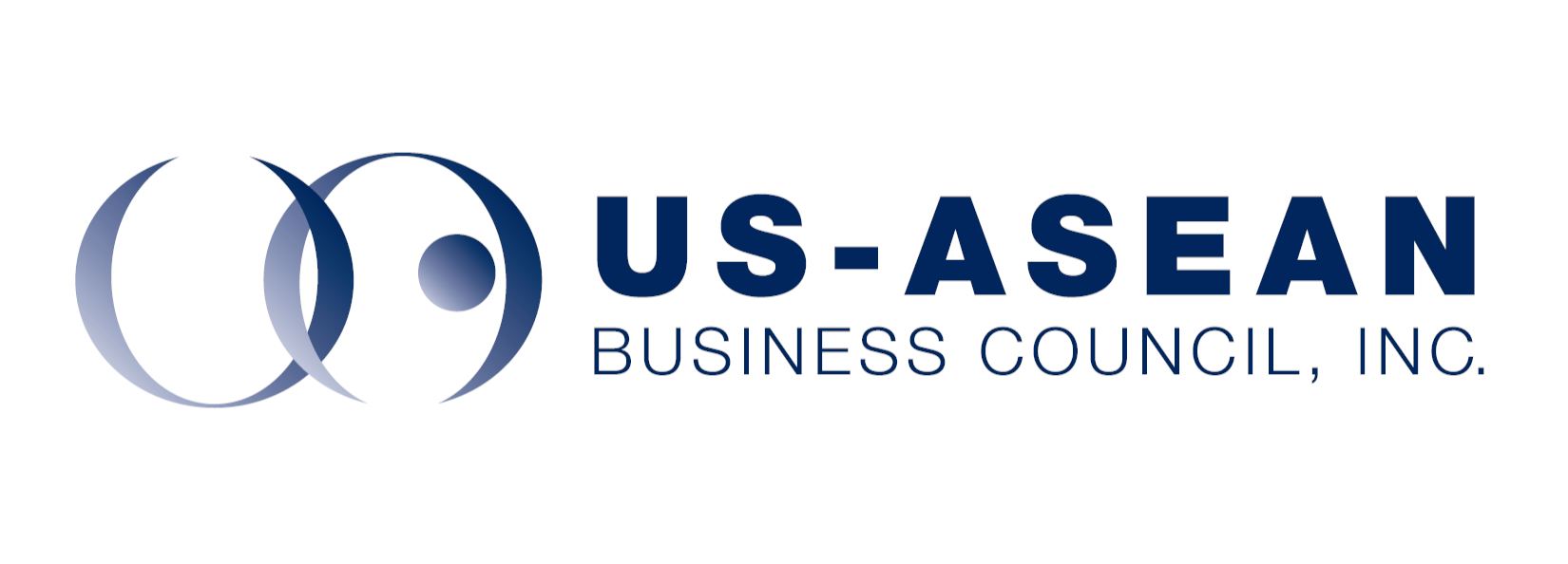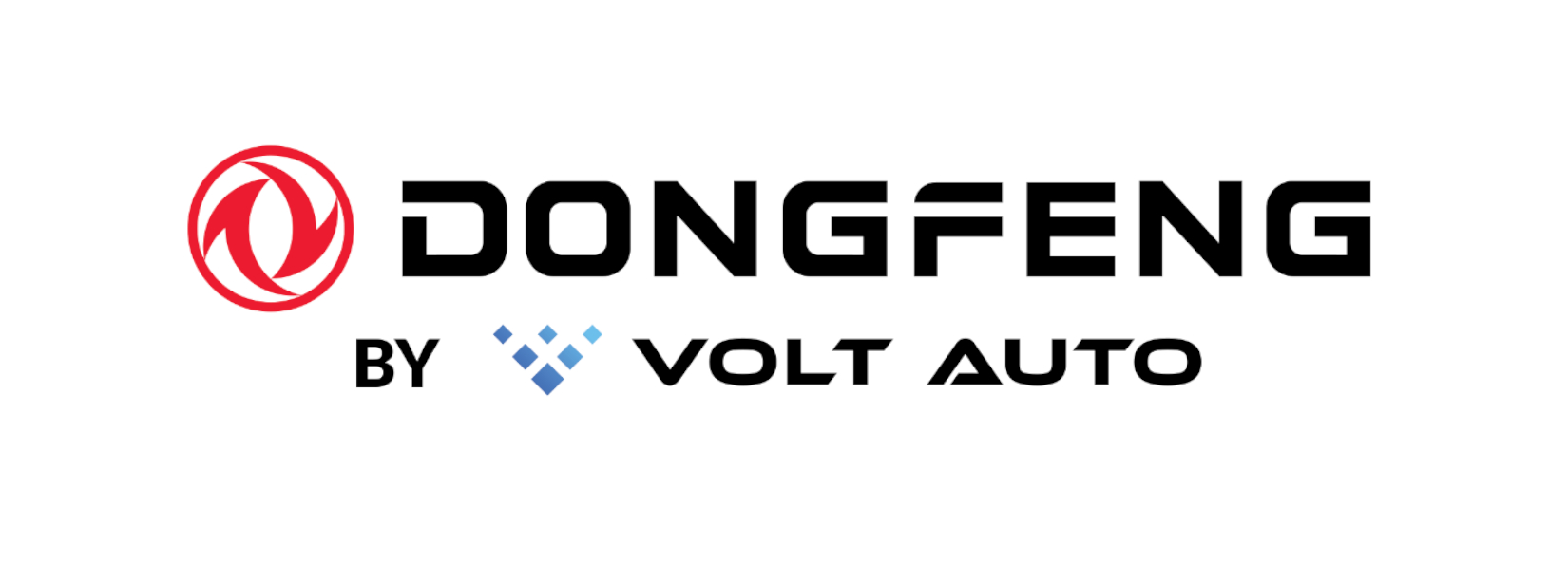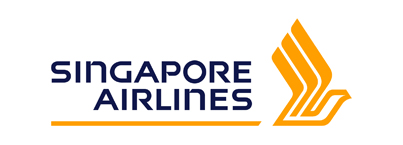Contributed by Charlotte Goh, EMA
Southeast Asia’s appetite and ambition for a nuclear future is taking clearer shape. At the Singapore-U.S. Forum, policymakers, industry leaders, and innovators mapped a shared pathway to advance from frameworks to implementation.
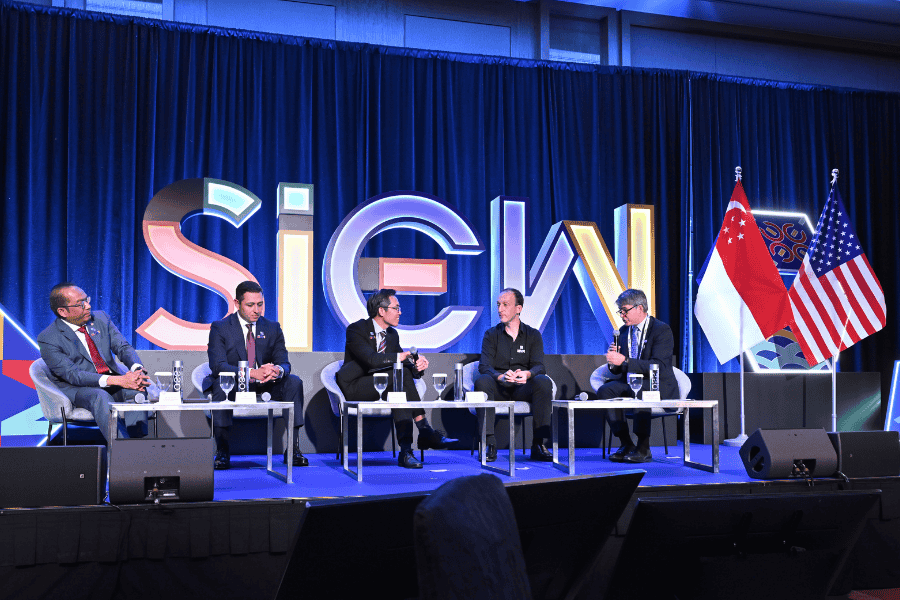
The 123 Agreement may set the stage for civil nuclear cooperation, but energy experts agreed the real work lies in ensuring safe deployment grounded in transparency, rigorous regulatory oversight, proven capabilities and public education.
The panel discussion was moderated by Ambassador ian D. McFeeters (ret.), President and CEO, US-ASEAN Business Council, and featured the wide-ranging perspectives of H.E. Felix William B. Fuentebella, Undersecretary of Energy, Republic of the Philippines, Trey Lauderdale, Founder and CEO, Atomic Canyon, and Dr Michael Short, Adjunct Professor, Institute of Materials Research and Engineering (IMRE), Agency for Science, Technology, and Research (A*STAR). The panellists also delved into the challenges in building capacity for a nuclear programme in ASEAN.
With energy demand soaring from AI and digitalisation, the region is turning to nuclear power with safety and security as its non-negotiable benchmark.
Singapore’s nuclear readiness playbook
Singapore’s Energy Market Authority (EMA) is pursuing a deliberate, safety-centred approach to nuclear evaluation. Speaking at the Singapore-U.S. Forum, Darryl Chan, EMA Energy Technologies Department Director said that Singapore’s early feasibility study (2010–2012) found large reactors to be “fundamentally incompatible” with the city-state’s geography.
Today, its three workstreams place safety and security at the core: rigorous assessment of advanced designs and their enhanced safety systems, adoption of the IAEA Milestones Approach to build national capabilities across 19 areas including safeguards and waste management, and preparation to be a fast but responsible adopter through proportionate regulation, siting methodology, and operator readiness.

Safety is paramount and non-negotiable,” Chan said, noting that Singapore’s next steps include validating safety claims under stressed conditions and ensuring public understanding through accessible communications.
ASEAN’s renewed ambitions, anchored in safety and responsibility
Speaking in the same session, Dato' Ir. Ts. Razib Dawood, Executive Director, ASEAN Centre for Energy (ACE), highlighted how nuclear remains firmly embedded in ASEAN’s energy agenda—but not at any cost. He emphasised that nuclear adoption must proceed responsibly, safely, and sustainably.
Across ASEAN, countries like Indonesia, Malaysia, and the Philippines have outlined early targets for nuclear deployment in the 2030s, yet progress depends on strong regulatory oversight, human capital, and transparent safety communication.
Stay tuned as the conversation evolves throughout the day. Follow @SIEW_sg on Telegram and X (formerly Twitter) for the latest insights.


